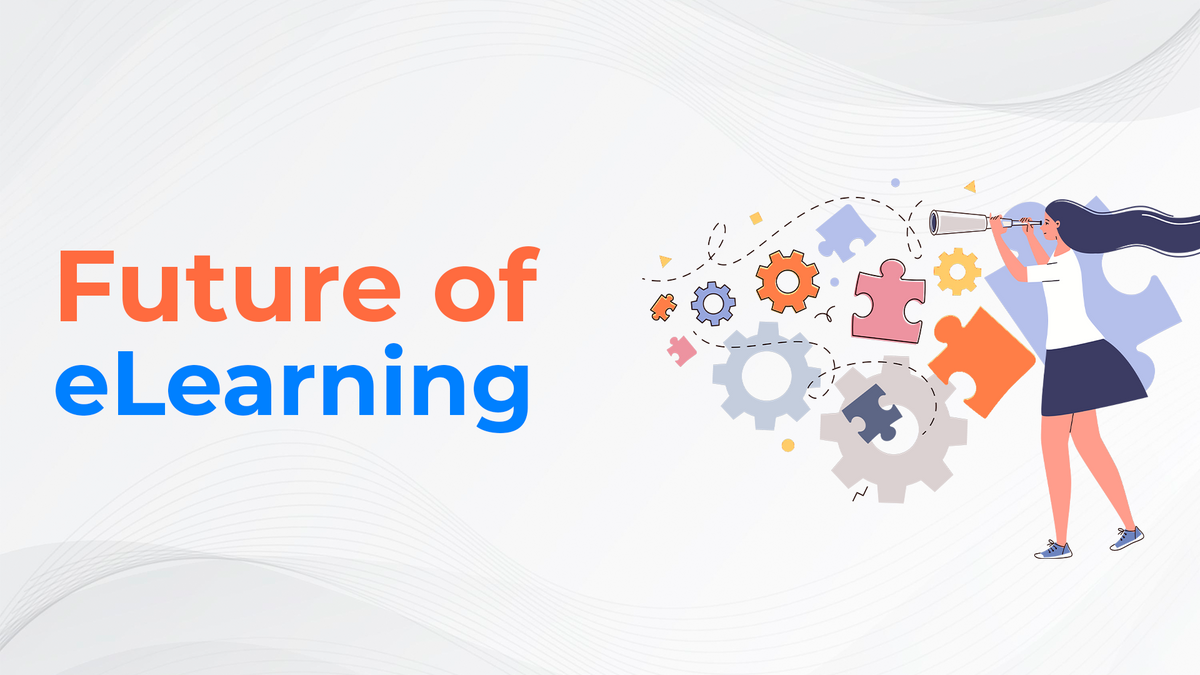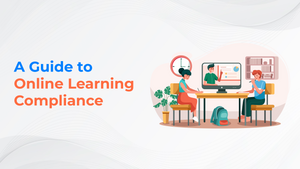An online classroom with a Learning Management System (LMS) reinforces learning processes for teachers and students. The use of Learning Management Systems (LMS) in online classroom environments is a helpful tool for teachers and students, also the interactivity of multiple structures facilitates online collaborative groups, professional training, discussions, and communication among others. Using LMSs consistently provides online learners with consistent information regarding their performance. Through the use of LMS, online learners have the ability to become independent.
History and Definition of LMS
To describe computer adoption throughout history, use terms such as computer-based instruction (CBI), computer-assisted instruction (CAI), and computer-assisted learning (CAL). Besides computer application programs, these terms also apply to teaching and designing. Additionally, these terms refer to the monitoring of materials, approval of materials, and dissemination of materials.
Learning management systems (LMSs) perform numerous online procedures, serving as a platform for capturing the progression of learning across multiple layers. LMSs serve as platforms for distributing and overseeing pedagogical content. Learner progress in meeting expectations is captured using specially designed information in the LMS. Students can register for classes, track their grades, and check course announcements on an LMS platform, promoting participant engagement and achievement.
The Role of LMS in Education
Differentiating other Learning Management Systems from similar technology resources serves a purpose. The differences between these two types of learning affect the learning needs of modern learners. Learning in the 21st century has undergone a significant transformation from an industrial revolution to the Information Age. As a facilitator of an LMS, teachers create a learning environment in which students are able to conduct research and utilize technological resources in order to become Information Age professionals.
As learners use a learning management system, progress may vary between low-achieving students who struggle to meet deadlines and high-achieving students who may struggle to reach their goals. LMS instructors find it most challenging to make managerial and pedagogical adjustments from a homogeneous plane of deficiency to a classification of progress that supports all learners.
Toward an Enhanced LMS to Support Student Learning
By learning how to use the LMS features, students can gain a more accurate understanding of their learning progress. In a blended learning course, 179 university students used the LMS to collaborate. Data collection included LMS usage data. It focused on the outcomes of learners, the online application process, and rapport between individuals. By using predictable academic means, pedagogical expectations, and meaningful support for building associations, learners' outcomes using online measures can be improved.
Education issues and e-learning system use were interconnected by compatibility, but learning outcomes were not necessarily supported by compatibility. Students would be more likely to use e-learning tools if teachers were trained on how to utilize LMS features. It might also be useful to look at what other assets an LMS provides to create a more effective learning environment in the future performance concept for e-learning. In addition to motivating students to use more online resources, online instructors could also encourage them to do so. The assessment of other resources that allow learners to make more efficient use of online resources should be conducted in future studies.
To Conclude
With help of a Learning Management System such as BrainCert's Unified Training Platform™ instructors, coaches, and teaching professionals can educate students. Organizations and entrepreneurs can manage their employee and customer training in a web-based environment that is accessible from anywhere, at any time. A variety of learners and other types of learning can benefit from this type of learning










